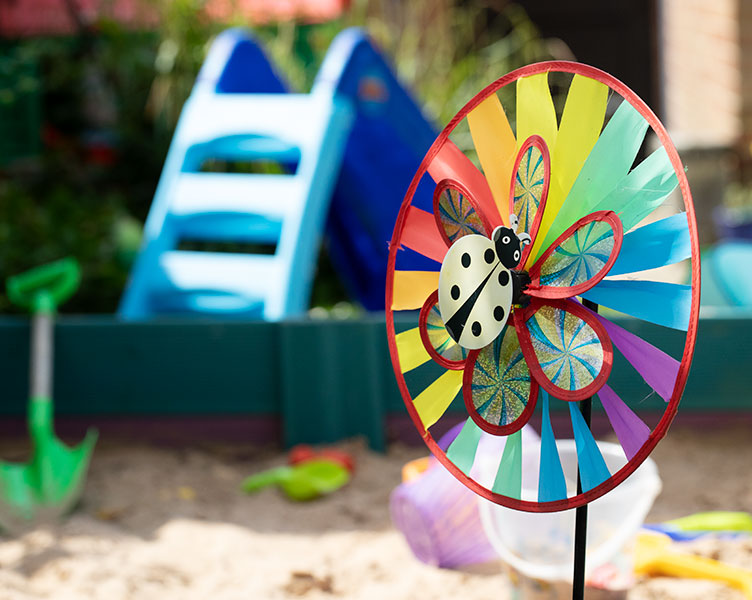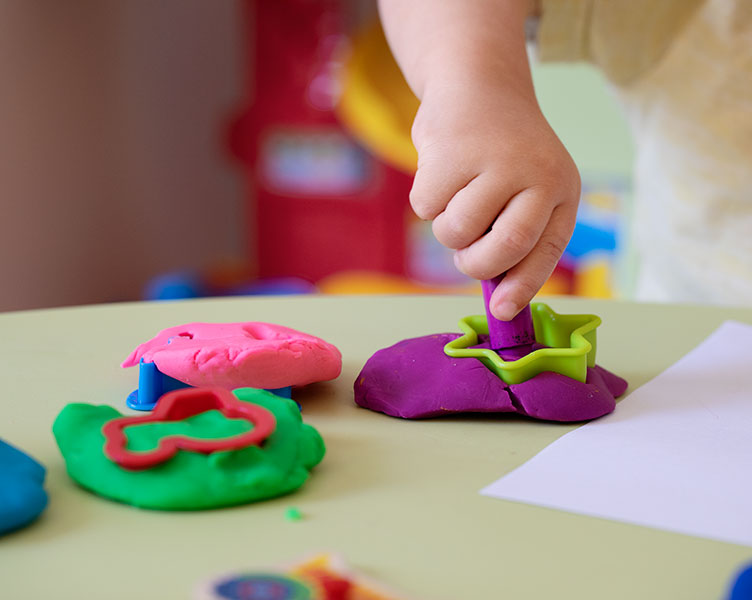Your child’s ostomy
There are many reasons why a newborn or a child may need an ostomy – but remember, that it is often a life-saving operation. An “ostomy” is a general term to describe a procedure where an opening is created in the body. When your child undergoes an ostomy surgery, an opening in the abdominal wall is created. The actual part of the intestine or urinary tract is then brought out onto your child’s abdominal surface, allowing output (stool or urine) to exit their body.
An ostomy is soft, moist and red in colour and because it is created from tissue, it has the look and feel like the inside of your gums. However, every ostomy is different, so remember that your child’s ostomy may look different from other children’s ostomies – this is completely normal. Depending upon your child’s specific medical condition, the ostomy can differ in shape, size and location. It can sit at different levels on the skin – some sit above the skin level, others are level with the skin or might sit in a skin fold.
Types of ostomies
The type of ostomy your child has is determined by the reason for the surgery. There are 3 types of ostomy procedures:
Colostomy and ileostomy: A colostomy and ileostomy are made with a part of the intestine. The surgery involves bringing part of the intestine to the surface of the abdomen to form an ostomy. When a colostomy is formed, it involves the large intestine (the colon) and is usually on the left-hand side. For an ileostomy, the small intestine (the ileum) is used, and the ostomy will usually be created on the right-hand side of your abdomen.
Urostomy: A urostomy involves replacing the bladder function by diverting the urine to a section of the small intestine. The ureters are detached from the bladder and reattached to the isolated section of the intestine – the ostomy. This is usually placed on the right-hand side of the abdomen.
As a parent, it is important to know the exact type of ostomy your child has, so you can help your little one adjust and provide the best care. If you are not sure about your child’s ostomy, ask your Ostomy Care nurse or Paediatric nurse.
After the operation
It is normal for your child’s ostomy to be swollen after surgery, but it will shrink to a smaller size within a few weeks. You may see your child’s ostomy move slightly - this is a normal process which helps to push stool outward and into the pouch on your child’s abdomen.
The ostomy has no nerve endings, so it will not hurt when touched. Just like our gums bleed when we brush our teeth, your child’s ostomy may also bleed slightly – know that this is completely natural.
If your child is crying, you might notice their ostomy changes colour. Try not to be too concerned if this happens – it is always temporary, and the colour will return to normal when your child stops crying.



